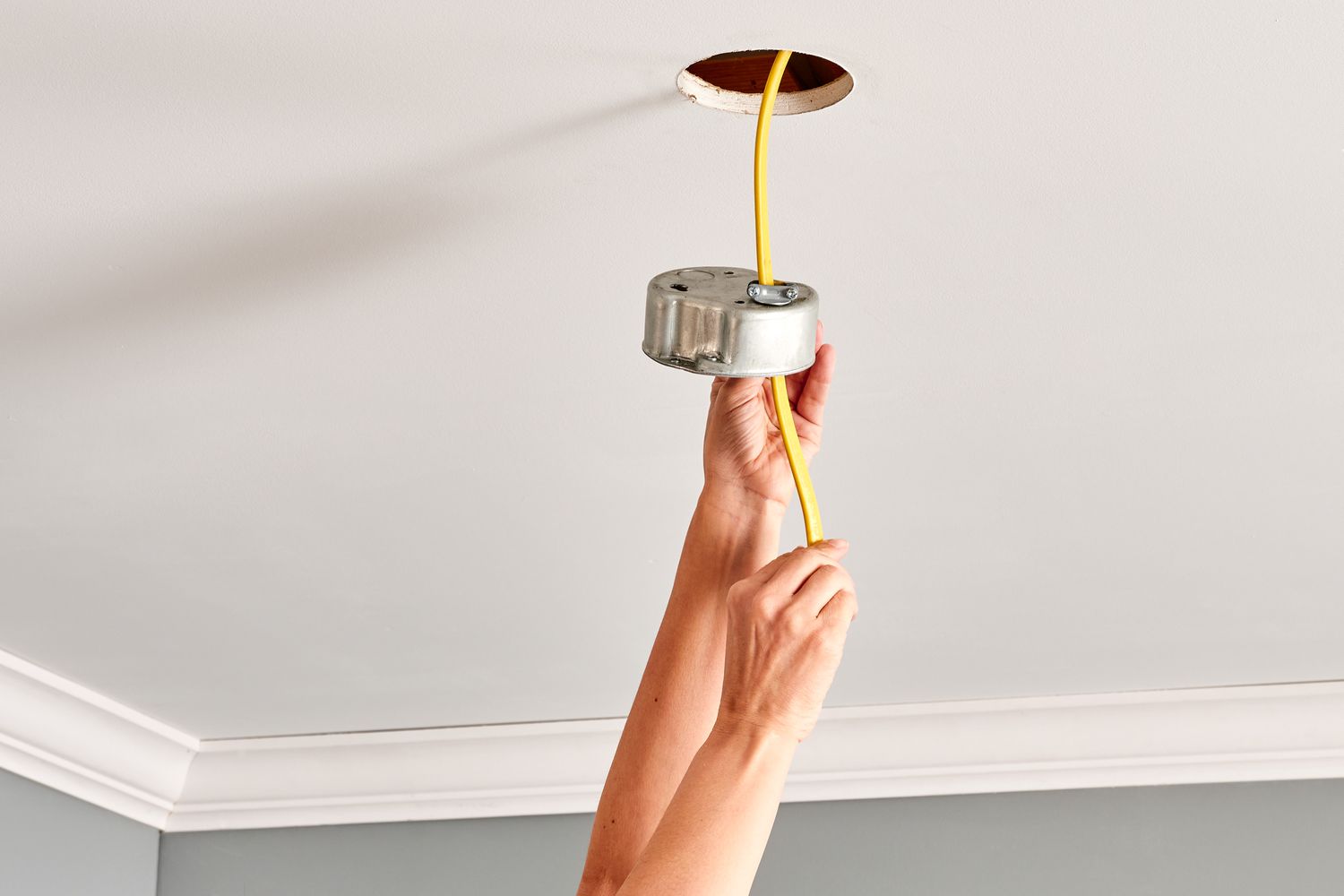

Articles
What Size Wire for a Ceiling Fan
Modified: May 6, 2024
Find the right wire size for installing a ceiling fan with this helpful article. Learn about the different options available to ensure a safe and efficient installation.
(Many of the links in this article redirect to a specific reviewed product. Your purchase of these products through affiliate links helps to generate commission for Storables.com, at no extra cost. Learn more)
Introduction
When it comes to installing a ceiling fan, one crucial aspect that often gets overlooked is the importance of selecting the right wire size. The wire size plays a pivotal role in ensuring that the ceiling fan operates efficiently and safely. Choosing the appropriate wire size for a ceiling fan is not only essential for proper electrical functionality, but it also aids in preventing overheating and potential fire hazards.
In this article, we will delve into the significance of wire size for ceiling fans and provide a comprehensive guide to help you make an informed decision. We will explore the factors to consider when selecting wire size, recommended wire sizes for different ceiling fan installations, and provide installation guidelines to ensure a seamless and secure setup. So, let’s get started!
Key Takeaways:
- Selecting the right wire size for your ceiling fan is crucial for safety and efficiency. Consider factors like power rating, distance from the electrical panel, and adherence to electrical codes to make an informed decision.
- Always follow safety guidelines and consider consulting a licensed electrician for professional assistance during the installation process. Compliance with local electrical codes is essential for a safe and successful ceiling fan setup.
Read more: What Is The Blue Wire For On A Ceiling Fan
Understanding the Importance of Wire Size for Ceiling Fans
Wire size is a critical factor to consider when installing a ceiling fan because it directly affects the fan’s performance and safety. The wire size determines the amount of electrical current that can safely flow through the wiring system.
Using the wrong wire size can result in various issues, including overheating, voltage drop, and potential fire hazards. If the wire is too small for the fan’s power requirements, it may not be able to carry the necessary current, leading to overheating and possibly damaging the wire insulation.
On the other hand, if the wire is too large for the fan, it can lead to voltage drop, which can cause the fan to operate at suboptimal speeds or not function at all. Additionally, using an incorrect wire size may violate electrical codes and regulations, potentially resulting in costly fines or endangering the safety of your home.
By selecting the correct wire size for your ceiling fan, you ensure that the electrical system can handle the fan’s power requirements without any issues. This not only provides optimal performance but also increases the lifespan of the fan, averting potential electrical problems.
It’s important to note that wire size requirements can vary depending on the specific model of the ceiling fan and its power rating. Therefore, it is crucial to refer to the manufacturer’s specifications or consult with a licensed electrician to determine the appropriate wire size for your particular ceiling fan installation.
Factors to Consider when Choosing Wire Size for a Ceiling Fan
When selecting the wire size for your ceiling fan installation, there are several important factors to consider. These factors will ensure that the wire can safely carry the electrical current required by the fan, minimizing the risk of electrical issues and promoting efficient operation. Here are the key factors to consider:
- Power rating of the ceiling fan: The power rating, measured in watts, indicates the electrical load that the fan requires. Higher power ratings typically require thicker wires to handle the increased current. Check the fan’s specifications or consult the manufacturer to determine the power rating.
- Distance from the electrical panel: The distance between the fan and the electrical panel affects the voltage drop. Longer distances may require larger wire sizes to compensate for voltage loss. Consult an electrician or refer to voltage drop tables to determine the appropriate wire size for the distance.
- Electrical code requirements: It is crucial to follow local electrical codes and regulations when choosing the wire size. These codes outline minimum wire size requirements based on factors like the circuit’s amperage and the type of wiring used in your home.
- Number of conductors: The number of conductors required for the ceiling fan installation will impact the wire size. For instance, if you need to run additional wires for accessories like lighting or a wall control, it may necessitate a larger wire size to accommodate the increased load.
- Future expansions: If you plan to add more components to your ceiling fan setup in the future, it’s wise to choose a slightly larger wire size to allow for potential expansions. This will save you from having to rewire the system when you decide to incorporate additional features.
- Consult a professional: If you are unsure about determining the appropriate wire size for your ceiling fan installation, it is always best to consult a licensed electrician. They have the expertise and knowledge to assess your specific needs and ensure compliance with electrical codes.
Considering these factors will help you select the correct wire size for your ceiling fan installation, promoting safe and efficient operation while adhering to electrical regulations.
When choosing the size of wire for a ceiling fan, it’s important to consider the fan’s power requirements. For most standard ceiling fans, a 14-gauge wire is sufficient. However, for larger or more powerful fans, a 12-gauge wire may be necessary to handle the increased load. Always consult a professional electrician if you are unsure about the appropriate wire size for your specific ceiling fan.
Recommended Wire Sizes for Ceiling Fans
The appropriate wire size for your ceiling fan installation depends on various factors such as the power rating of the fan and the distance from the electrical panel. Here are some general recommendations for wire sizes based on common ceiling fan installations:
- 14-gauge wire (AWG): This is the most commonly used wire size for standard residential ceiling fans with power ratings up to 1500 watts. It is suitable for installations where the distance from the electrical panel to the fan does not exceed 50 feet.
- 12-gauge wire (AWG): If you have a ceiling fan with a higher power rating or if the distance between the electrical panel and the fan exceeds 50 feet, it is recommended to use 12-gauge wire. This thicker wire can handle increased current and helps minimize voltage drop.
- 10-gauge wire (AWG): For heavy-duty ceiling fans with power ratings above 3000 watts or for installations with long distances between the electrical panel and the fan, 10-gauge wire is recommended. This robust wire size ensures ample current-carrying capacity and reduces voltage drop.
Remember, these recommendations are general guidelines, and it is essential to consult the manufacturer’s specifications or an electrician to determine the specific wire size requirements for your ceiling fan.
Furthermore, it’s important to use copper wire for your ceiling fan installation, as copper offers excellent electrical conductivity and durability. Avoid using aluminum wire, as it has lower conductivity and may pose safety risks.
Lastly, consider using stranded wire rather than solid wire for ceiling fan installations. Stranded wire is more flexible, making it easier to work with and reducing the chances of wire breakage during installation.
By selecting the recommended wire size for your ceiling fan, you ensure a reliable and safe electrical connection, minimizing the risk of overheating, voltage drop, and other electrical issues.
Installation Guidelines for Ceiling Fan Wiring
Proper wiring is crucial for a safe and functional ceiling fan installation. Follow these guidelines to ensure a seamless and secure wiring process:
- Shut off power: Before starting any electrical work, turn off the power supply to the area where you will be installing the ceiling fan. This can be done by flipping off the circuit breaker or removing the fuse that controls the circuit.
- Obtain necessary permits: Depending on your local regulations, you may need to obtain the appropriate permits before installing a ceiling fan. Check with your local building department to ensure compliance with any necessary requirements.
- Familiarize yourself with the wiring diagram: Refer to the wiring diagram provided by the manufacturer to understand the specific wiring instructions for your ceiling fan model.
- Choose the appropriate wire type: Select a wire type that meets local electrical code requirements. Generally, a non-metallic sheathed cable (NM) is suitable for residential ceiling fan installations.
- Strip the wires: Carefully strip the insulation from the end of the wires using wire strippers. Leave around 3/4 inch of exposed wire for proper connection.
- Connect the wires: Connect the wires according to the manufacturer’s instructions and diagram. Typically, this involves connecting the black (hot) wire from the fan to the black (hot) wire from the electrical supply, the white (neutral) wire from the fan to the white (neutral) wire from the supply, and the green or bare copper wire (ground) from the fan to the green or bare copper wire (ground) from the supply.
- Securely fasten connections: Use wire connectors or twist the wires together and cover them with electrical tape to ensure secure connections. Avoid leaving exposed wires or loose connections, as they can be hazardous.
- Mount the fan: Follow the manufacturer’s instructions to mount the ceiling fan securely. Ensure that it is properly supported and balanced to prevent any wobbling or vibrations during operation.
- Test the fan: Once the wiring is complete and the fan is mounted, restore power to the circuit and test the fan’s operation. Ensure that all functions, such as the fan speed and any additional features, are working correctly.
- Use proper wire protection: Install plastic or metal conduit, as required by local electrical codes, to protect the wires and prevent damage. Secure the conduit properly to the ceiling and walls for a neat appearance.
- Seek professional assistance if needed: If you are not confident in your electrical wiring skills or if you encounter any difficulties during the installation process, it is advisable to consult a licensed electrician for assistance. Your safety is of utmost importance.
Following these installation guidelines will help ensure a safe and efficient wiring process for your ceiling fan, allowing you to enjoy its cooling benefits and functionality with peace of mind.
Read more: What Size Ceiling Fan For Bedroom
Conclusion
Choosing the correct wire size when installing a ceiling fan is essential for ensuring its safety, efficiency, and longevity. By understanding the importance of wire size and considering factors such as the power rating, distance from the electrical panel, and adherence to electrical codes, you can make an informed decision and avoid potential issues.
It is recommended to use 14-gauge wire for standard residential ceiling fans with power ratings up to 1500 watts. However, if you have a higher power rating or a longer distance between the fan and electrical panel, upgrading to 12-gauge or 10-gauge wire may be necessary to handle the increased load and minimize voltage drop.
When installing the ceiling fan wiring, always follow safety guidelines, such as turning off the power supply before starting work, obtaining necessary permits, and properly connecting and securing the wires. Additionally, use the appropriate wire type, strip the wires carefully, and mount the fan securely to prevent any accidents or malfunctions.
If you are unsure about the wire size or encounter any difficulties during the installation process, it is best to consult a licensed electrician for professional assistance. They will have the expertise to ensure a safe and successful ceiling fan installation.
Remember, electrical work should always be approached with caution, and compliance with local electrical codes and regulations is crucial for your safety and the safety of your home. By following the recommended wire sizes and installation guidelines, you can confidently enjoy the comfort and functionality of your ceiling fan.
Ready to tackle more home improvement projects? If you're planning to expand your workspace, learning how to run electrical wiring to your garage can be a game-changer. For those who wish to enhance their living spaces, our guide on ceiling fan installation where a light fixture once was offers practical steps. Finally, discover the joys and rewards of engaging in DIY projects, which can transform ordinary tasks into creative adventures.
Frequently Asked Questions about What Size Wire For A Ceiling Fan
Was this page helpful?
At Storables.com, we guarantee accurate and reliable information. Our content, validated by Expert Board Contributors, is crafted following stringent Editorial Policies. We're committed to providing you with well-researched, expert-backed insights for all your informational needs.
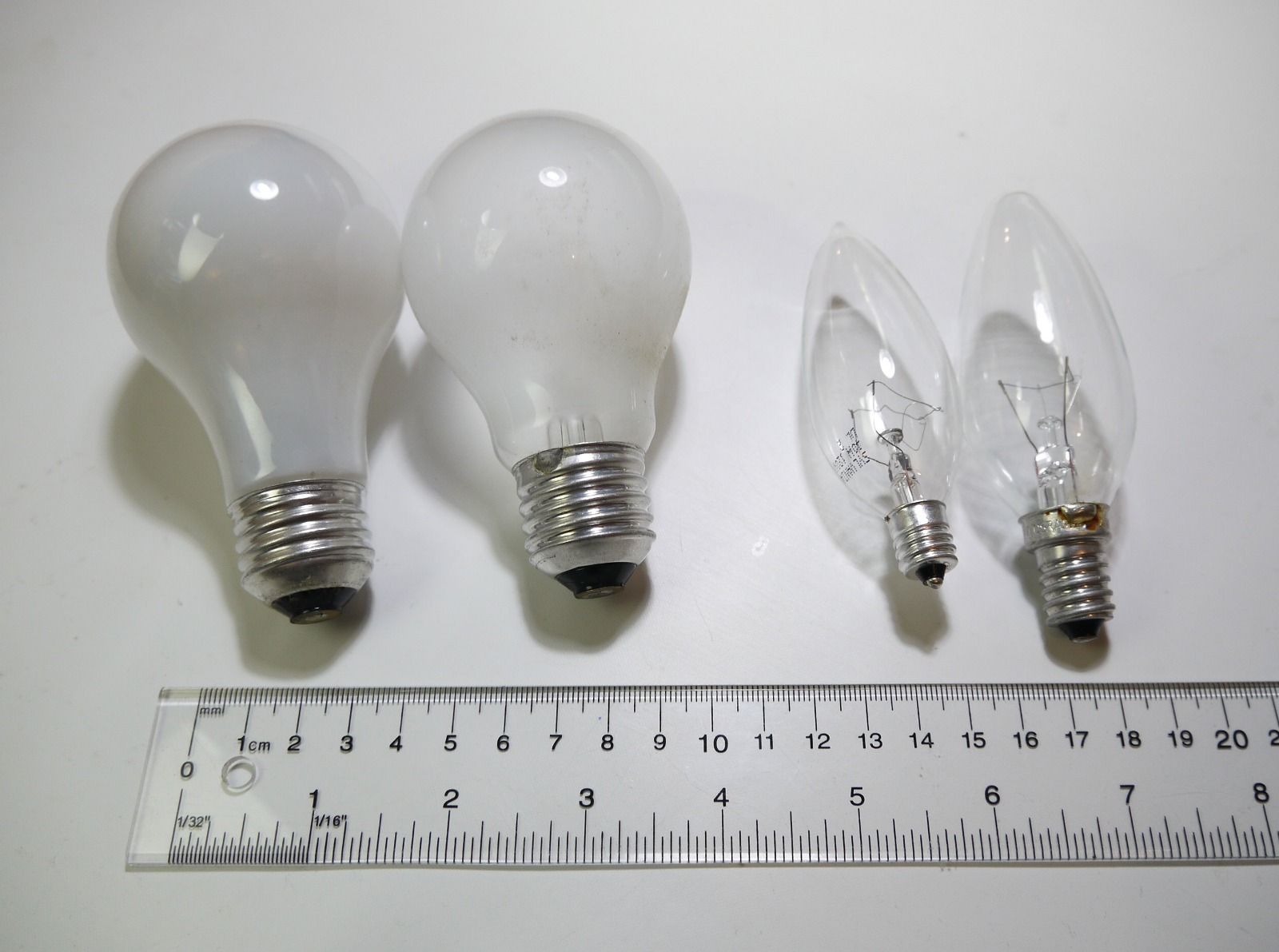
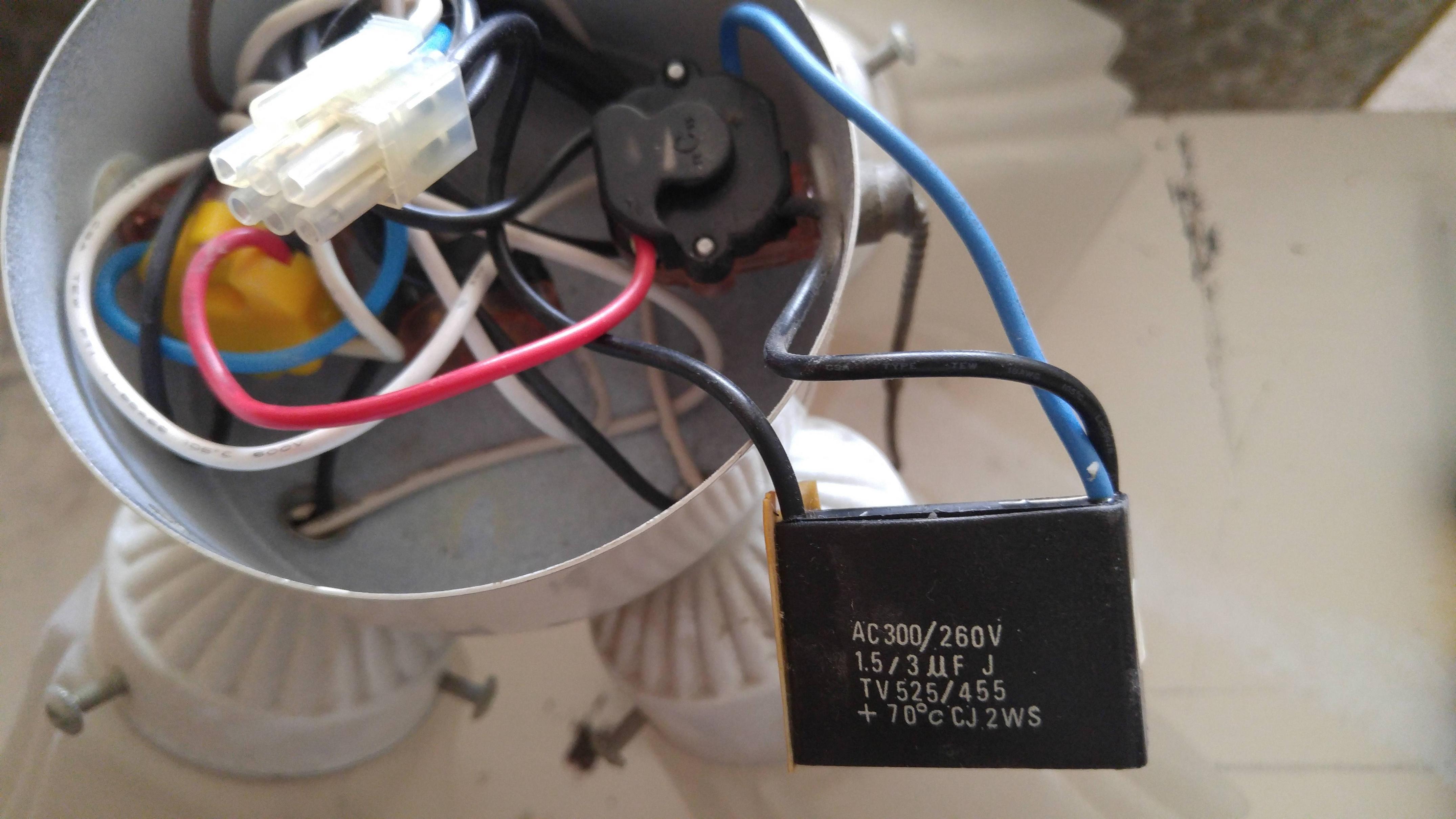
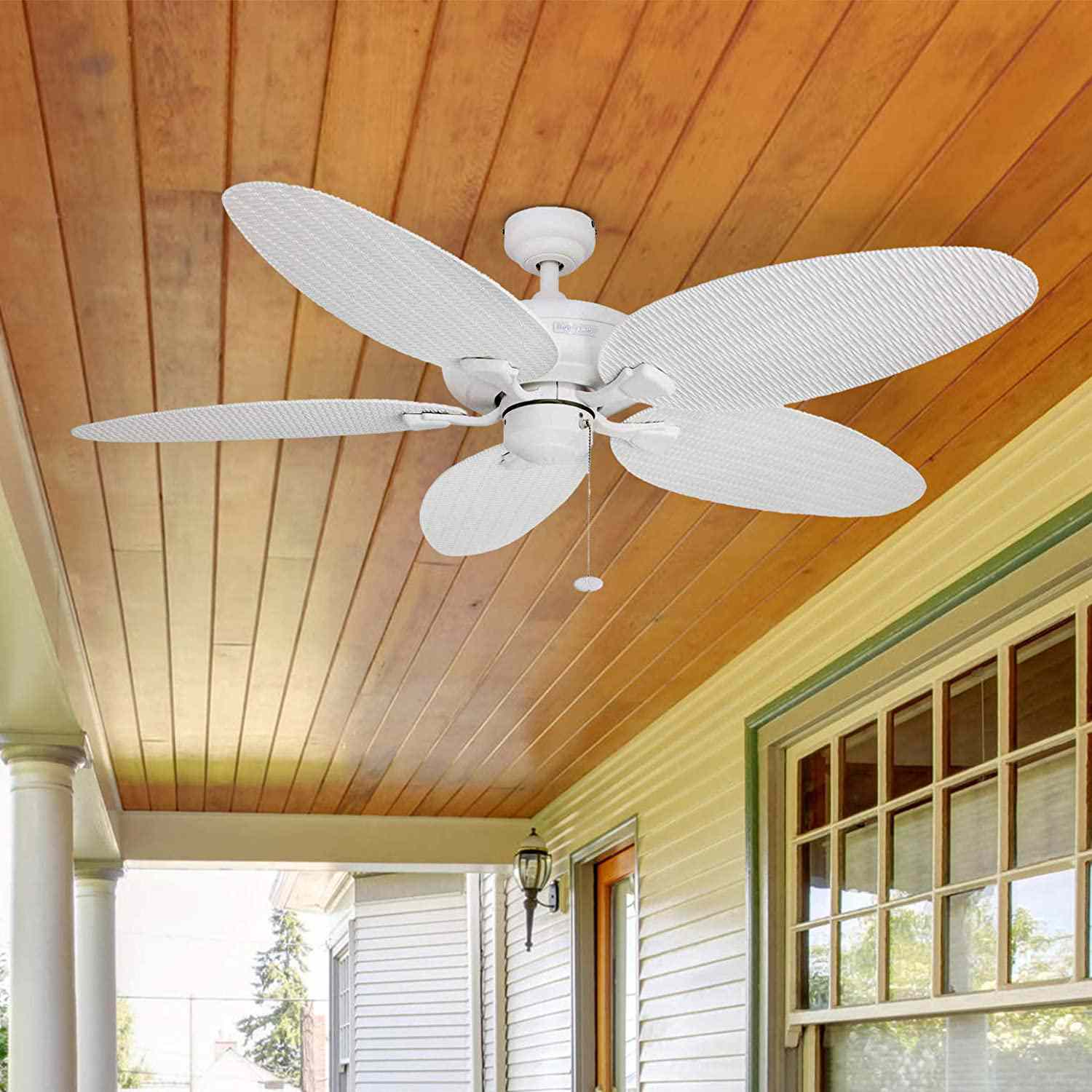
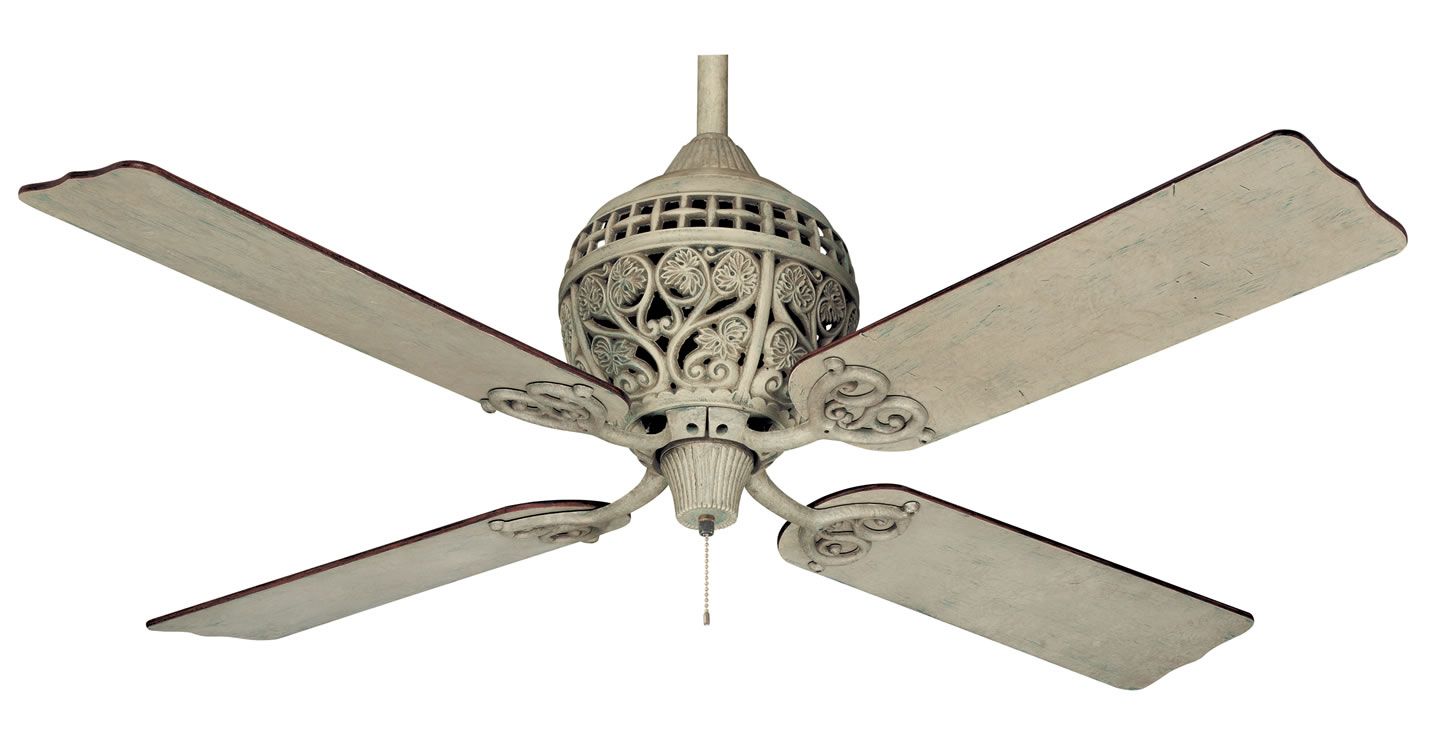

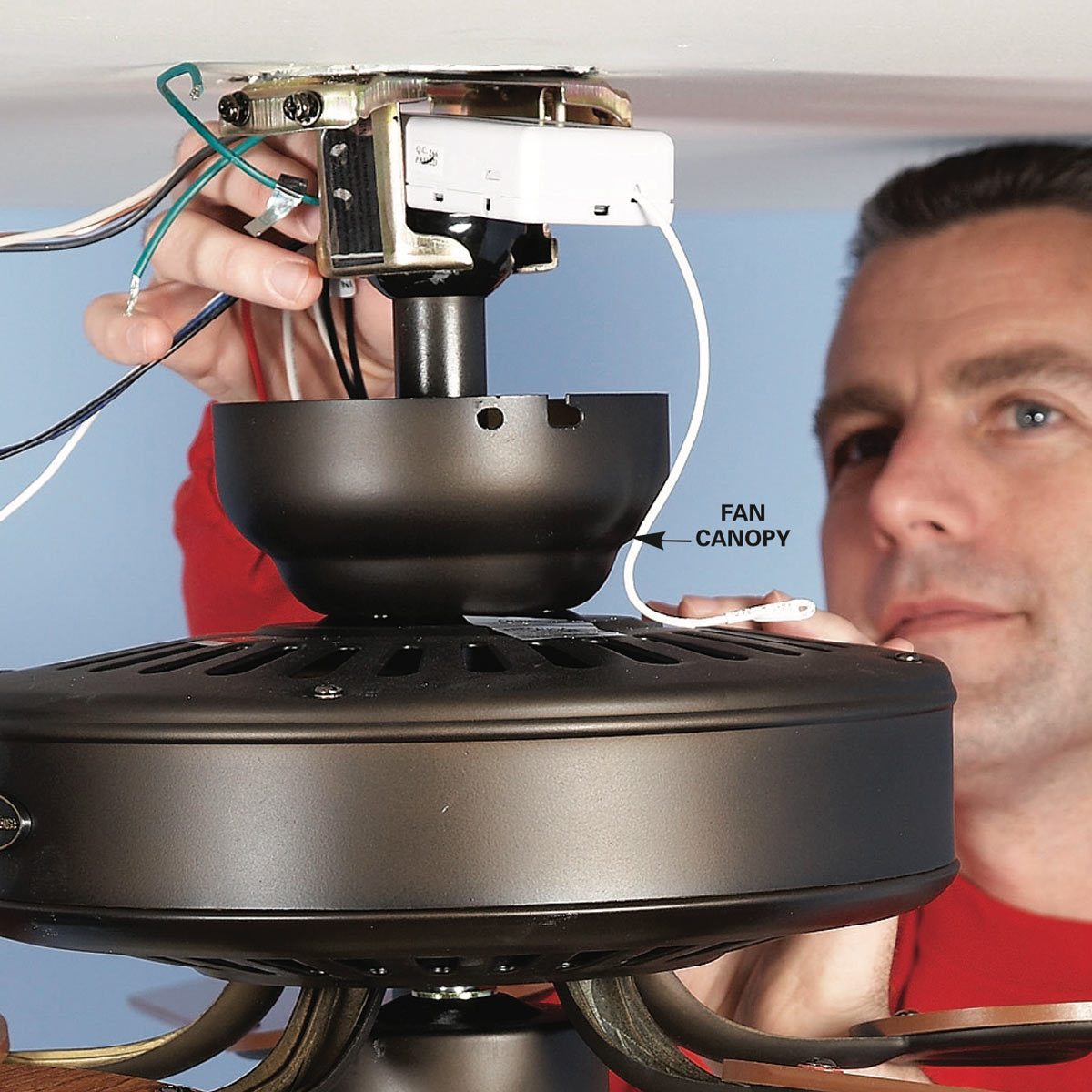

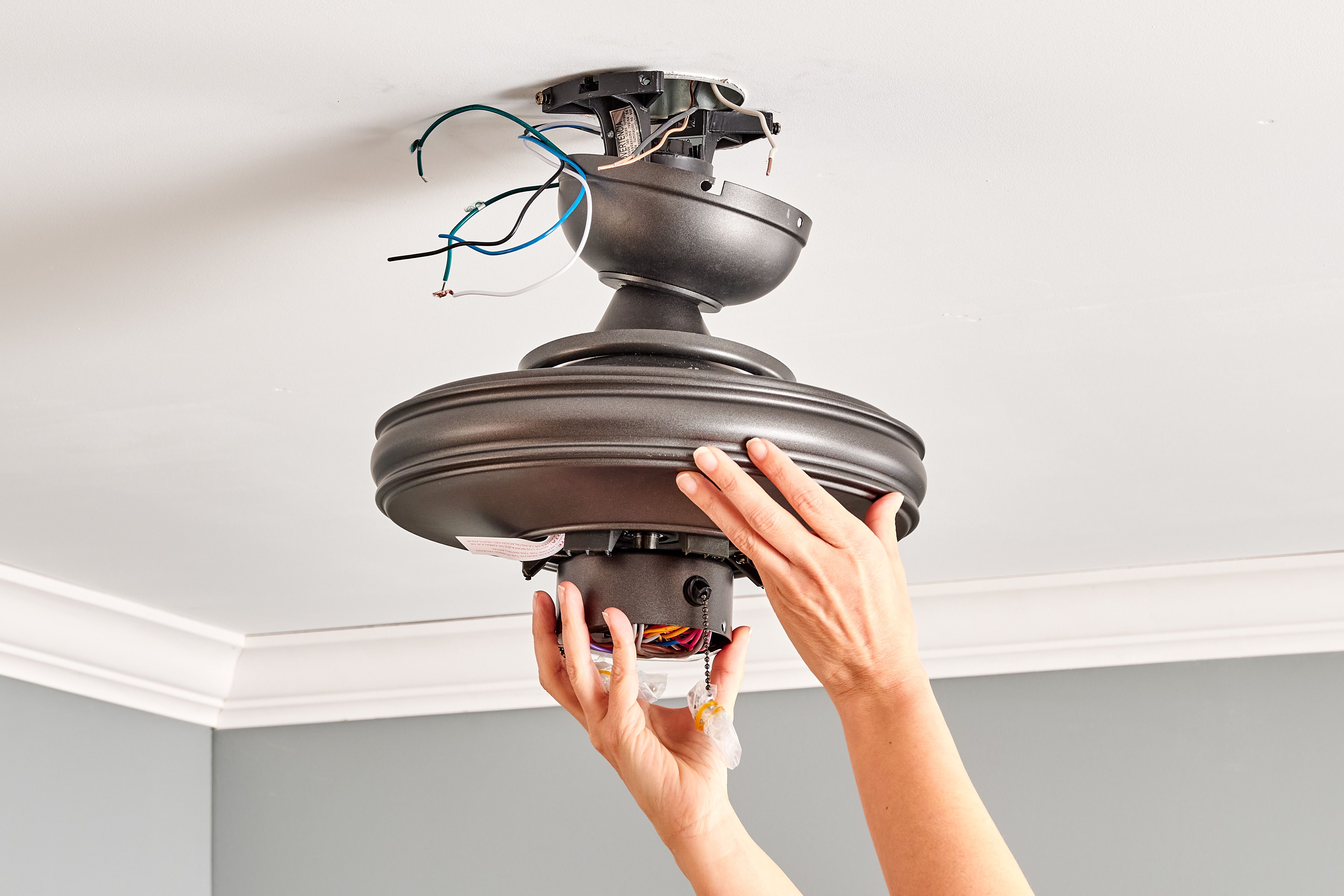
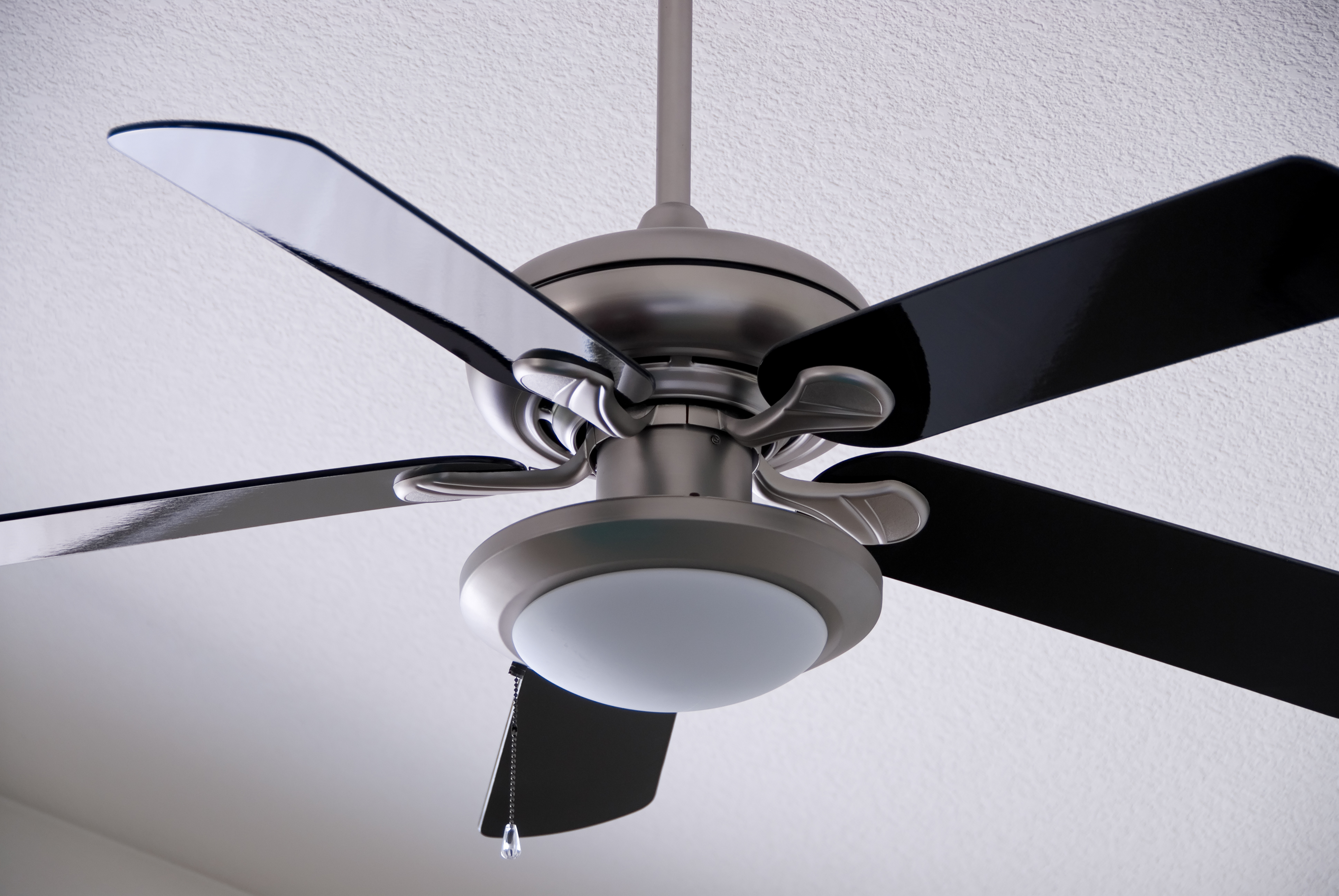
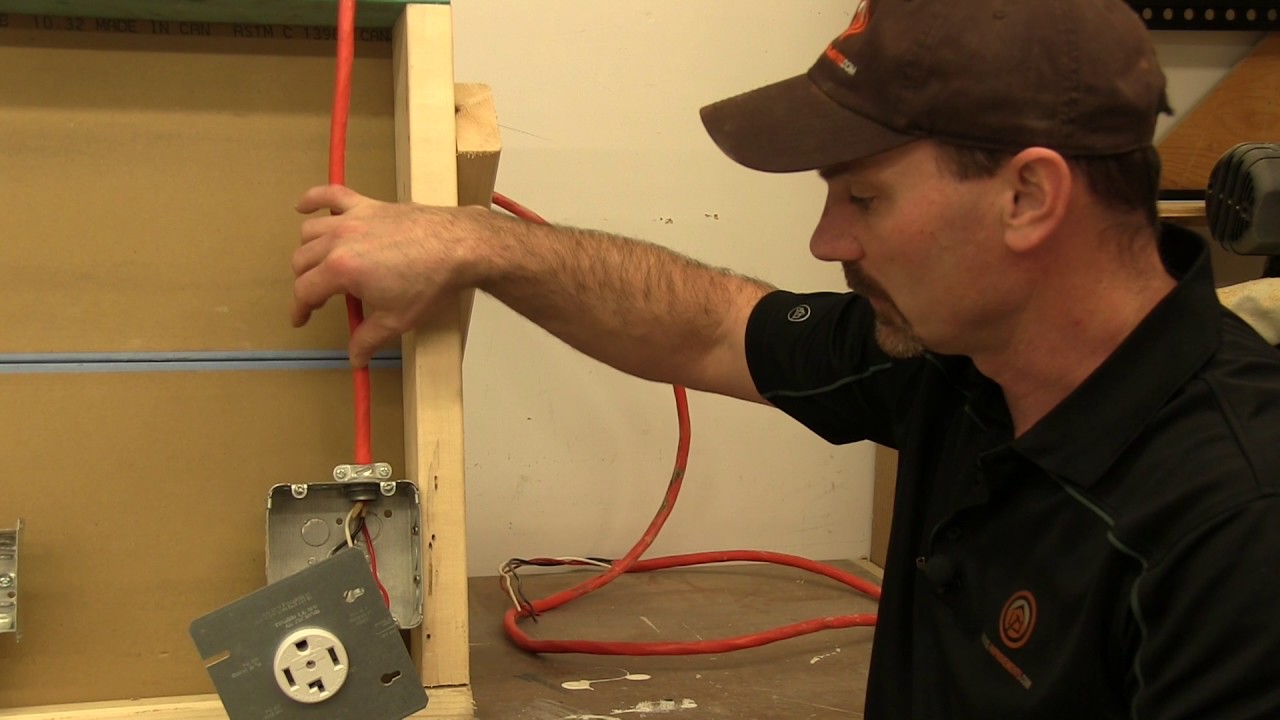
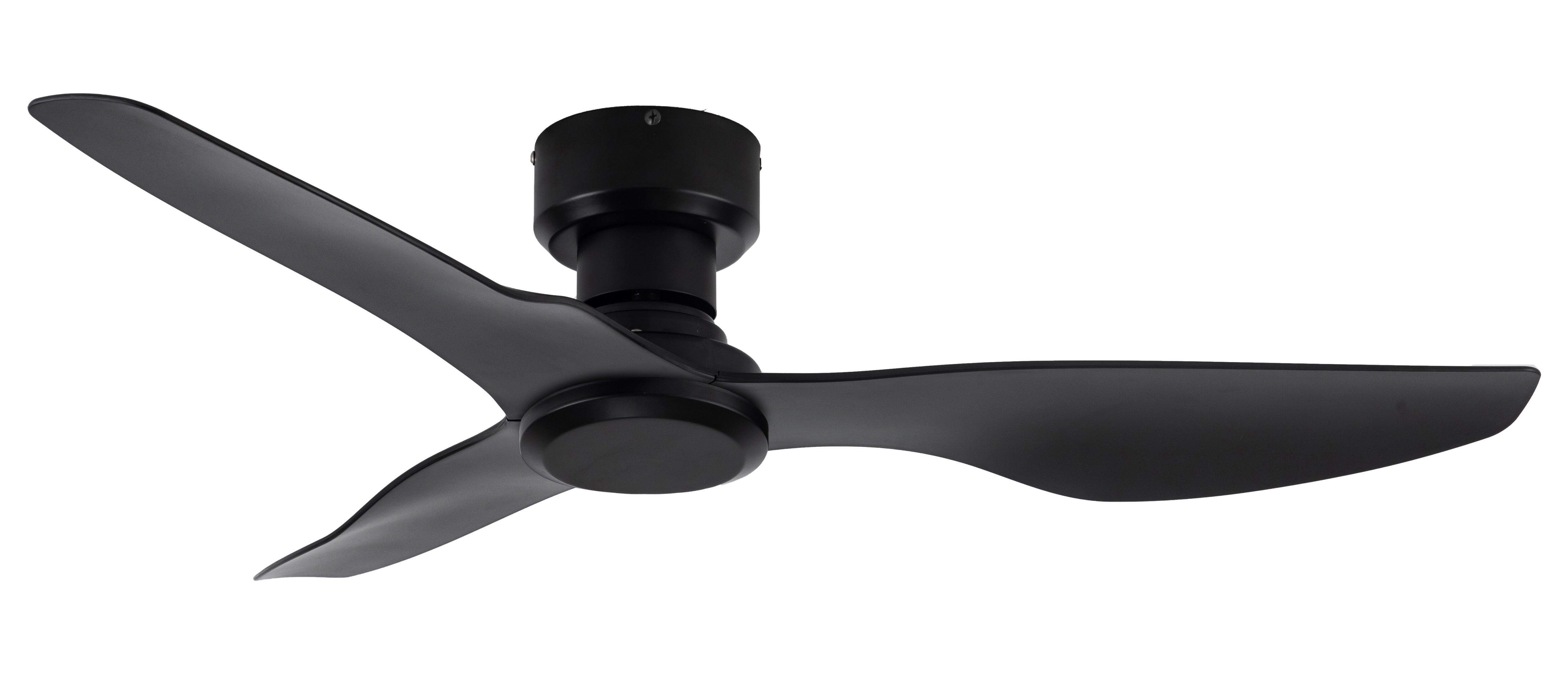
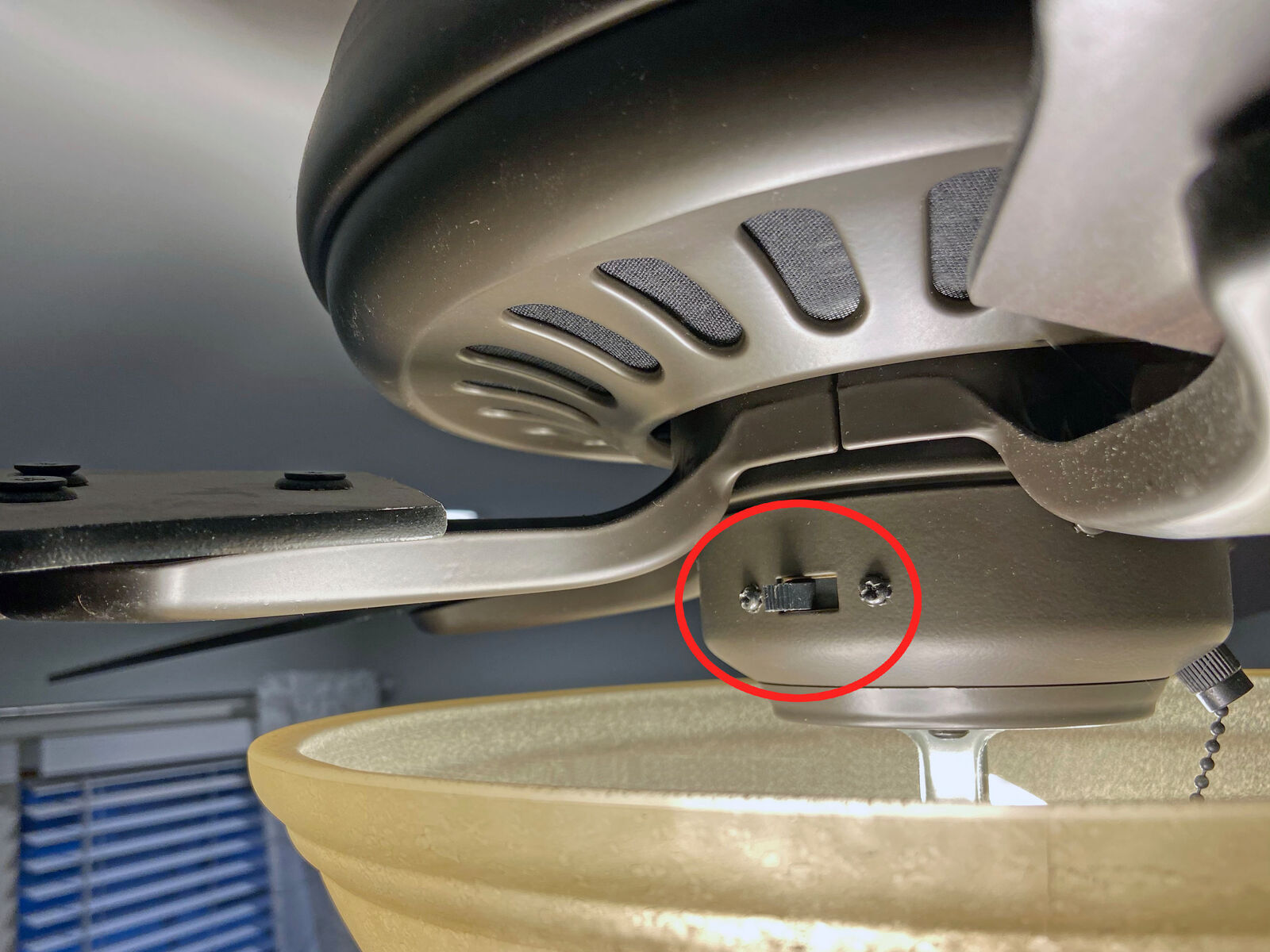

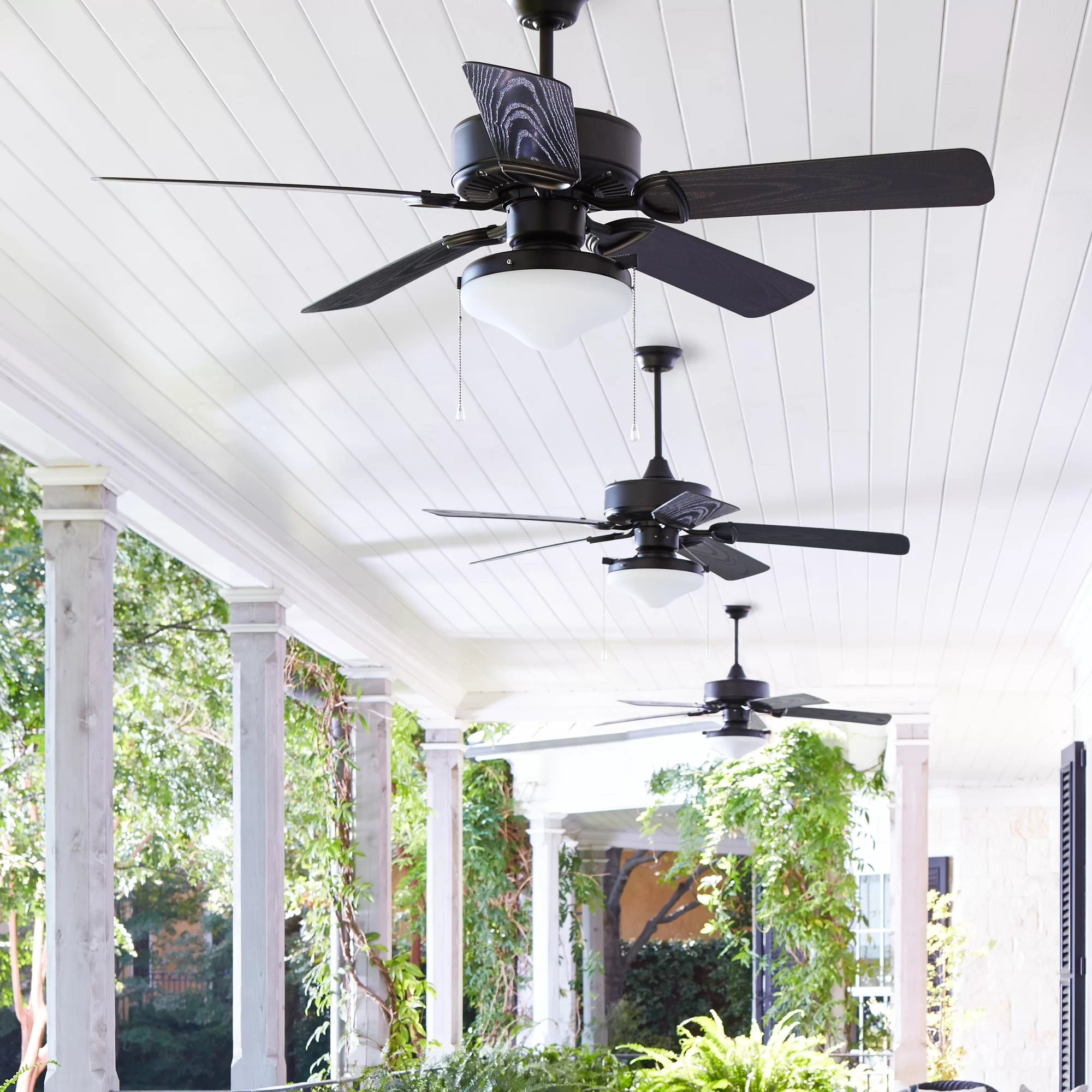

0 thoughts on “What Size Wire for a Ceiling Fan”